Introduction
Scrambled eggs are a breakfast staple loved worldwide for their simplicity, versatility, and comforting texture. Yet, achieving the perfect plate of fluffy, golden curds without the frustration of eggs sticking to the pan remains a challenge for many home cooks. The struggle is real: one moment you’re envisioning a restaurant-quality dish, and the next, you’re scraping stubbornly adhered egg fragments from the bottom of your skillet. Fear not! This article delves into the science, techniques, and tools required to master non-stick scrambled eggs. From pan selection to heat management and subtle culinary tricks, we’ll explore every angle to ensure your eggs glide effortlessly onto your plate. By the end, you’ll wonder why you ever settled for subpar scrambled eggs in the first place.
The Right Pan Makes All the Difference
The foundation of non-stick scrambled eggs begins with choosing the correct cookware. Not all pans are created equal, and selecting the right one can mean the difference between silken curds and a kitchen disaster.
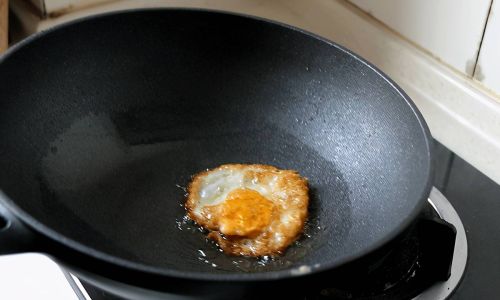
-
Non-Stick Pans: The Obvious Choice
Modern non-stick pans, coated with materials like PTFE (Teflon) or ceramic, are engineered to repel food. Their slippery surfaces require minimal oil and lower heat, reducing the risk of eggs bonding to the metal. However, even non-stick pans demand respect: avoid metal utensils, which can scratch the coating, and never overheat them, as this degrades the non-stick properties. -
Cast Iron and Stainless Steel: For the Adventurous
While non-stick pans are ideal, cast iron and stainless steel can also work—if properly seasoned or prepped. A well-seasoned cast iron skillet develops a natural non-stick patina over time, while stainless steel benefits from a preheating technique called the “water droplet test.” Heat the pan until a drop of water beads and skitters across the surface before adding oil. This ensures the pan is hot enough to prevent sticking but not so hot that it burns the eggs instantly.
Heat Management: The Golden Rule
Temperature control is the unsung hero of non-stick cooking. Eggs are delicate proteins that coagulate rapidly; excessive heat causes them to seize, stick, and become rubbery.
-
Low and Slow Wins the Race
Resist the urge to crank the stove to high. Medium-low heat allows eggs to cook gently, promoting even curd formation without scorching. Preheat your pan for 2–3 minutes over low heat before adding fat. This ensures the pan is evenly heated, eliminating hot spots that lead to uneven cooking. -
The Fat Factor: Butter vs. Oil
Both butter and oil play critical roles in non-stick cooking. Butter adds richness and flavor but has a lower smoke point (around 350°F/175°C). For higher heat tolerance, combine butter with a neutral oil like grapeseed or canola. Clarified butter (ghee) is another excellent option, as its milk solids are removed, raising its smoke point to 450°F (230°C).
Egg Preparation: More Than Just Cracking and Whisking
How you prepare your eggs before they hit the pan significantly impacts their texture and stickiness.
-
The Liquid Advantage
Adding a splash of liquid—milk, cream, or even water—thins the eggs slightly, creating steam during cooking that lifts the curds from the pan. Aim for 1–2 tablespoons of liquid per 4 eggs. For extra fluffiness, whisk vigorously to incorporate air, but avoid overdoing it; excessive aerating can lead to tough eggs. -
Salt Timing Matters
Salt draws moisture from eggs, potentially making them denser if added too early. Season your eggs after whisking, just before cooking, to preserve their tenderness.
Cooking Techniques: From Pour to Plate
The moment your eggs meet the pan is where precision matters most. Follow these steps for flawless execution:
-
Preheat the Pan Properly
As mentioned earlier, ensure your pan is adequately preheated. Add a pat of butter or oil and swirl to coat the surface. The fat should shimmer but not smoke. -
Pour and Tilt
Pour the egg mixture into the pan and immediately tilt the skillet to distribute the eggs evenly. This creates a thin layer, encouraging uniform cooking and minimizing contact with the pan’s surface. -
The Gentle Stir
Use a silicone or wooden spatula to gently fold the eggs from the edges toward the center. Avoid aggressive stirring, which breaks the curds into small, sticky pieces. Instead, aim for large, soft folds that maintain the eggs’ integrity. -
Know When to Stop
Scrambled eggs continue to cook off the heat. Remove them from the pan when they’re still slightly runny in spots. The residual heat will finish cooking them to perfection, ensuring they remain moist and creamy.
Post-Cooking Care: Preserving Your Pan’s Non-Stick Prowess
Even the best non-stick pan will lose its effectiveness if mishandled. Extend its lifespan with these practices:
-
Cool Down Before Cleaning
Never douse a hot pan in cold water; the thermal shock can warp or crack the surface. Let it cool naturally, then wash with warm, soapy water and a soft sponge. -
Avoid Abrasive Cleaners
Steel wool and harsh scrubbers will scratch non-stick coatings. Opt for gentle cleansers and a non-abrasive sponge.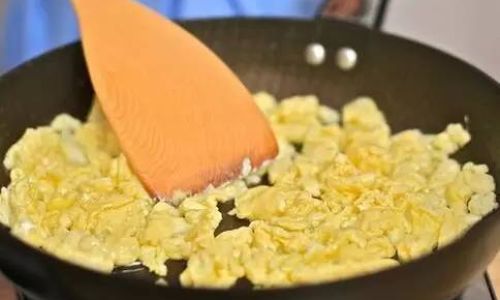
-
Re-Season Cast Iron Regularly
If using cast iron, wipe it with a thin layer of oil after cleaning to maintain its seasoning. This reinforces the pan’s natural non-stick properties over time.
Troubleshooting Common Issues
Even with these tips, hiccups can occur. Here’s how to fix them:
-
Eggs Still Sticking?
- Cause 1: The pan wasn’t hot enough. Preheat longer next time.
- Cause 2: Too much heat. Lower the flame and cook slower.
- Cause 3: Insufficient fat. Add a bit more oil or butter.
-
Eggs Are Rubbery
Overcooking is the culprit. Remove the pan from the heat sooner and rely on residual cooking.
Advanced Techniques for Egg Enthusiasts
Elevate your scrambled eggs with these pro moves:
-
The Bain-Marie Method
For ultra-gentle cooking, place your mixing bowl over a pot of simmering water (a bain-marie). Whisk the eggs constantly until they thicken, then transfer to a pan for final cooking. -
Add-Ins at the Right Time
Incorporate delicate ingredients like herbs or cheese at the end to preserve their freshness. Heartier additions (bacon, mushrooms) should be cooked separately and folded in just before serving. -
The Silicone Spatula Advantage
Invest in a high-quality silicone spatula. Its flexibility and heat resistance make it ideal for scraping every bit of egg from the pan without damaging the surface.
The Science Behind Non-Stick Eggs
Understanding the chemistry of egg proteins can demystify the sticking process. Eggs are primarily composed of water and proteins like ovalbumin. When heated, these proteins denature (unwind) and bond with each other and the pan’s surface. Fat interrupts this bonding by forming a barrier between the eggs and the metal. Additionally, low heat slows protein coagulation, preventing the rapid formation of sticky bonds.
Beyond the Skillet: Alternative Cooking Methods
While the stovetop is traditional, other methods can yield non-stick results:
-
Oven-Baked Scrambled Eggs
Whisk eggs with cream, pour into a buttered dish, and bake at 350°F (175°C) for 15–20 minutes. The gentle heat ensures even cooking without sticking. -
Microwave Magic
For a quick fix, microwave eggs in a greased bowl on medium power, stirring every 30 seconds. Though not as luxurious as stovetop eggs, this method minimizes sticking.
Conclusion: Practice Makes Perfect
Mastering non-stick scrambled eggs is a journey, not a destination. Experiment with pans, fats, and heat levels to find your sweet spot. Remember that patience is key—rushing the process invites sticking and overcooking. With time, you’ll develop an intuition for the subtle cues eggs give: the way they shimmer in the pan, the rhythm of folding, and the precise moment to pull them off the heat.
So, the next time you crave scrambled eggs, approach the task with confidence. Armed with the right tools, techniques, and a dash of culinary curiosity, you’ll transform a simple breakfast into a gourmet experience—no scraping required.
Final Word
The quest for non-stick scrambled eggs is a microcosm of cooking itself: a blend of science, artistry, and respect for ingredients. By honing these skills, you’ll not only elevate your breakfast game but also deepen your appreciation for the alchemy of the kitchen. Happy cooking!
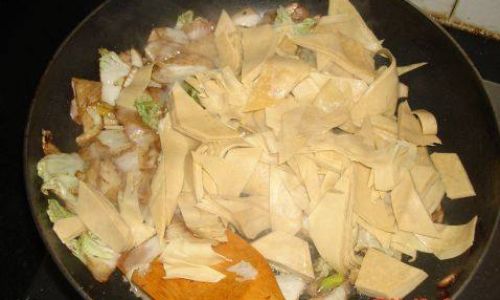
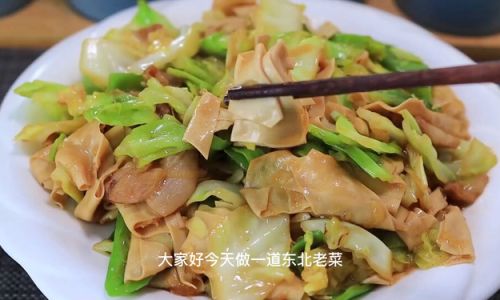
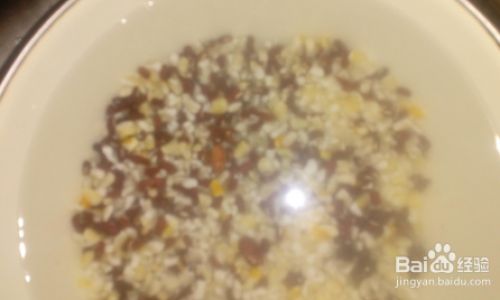
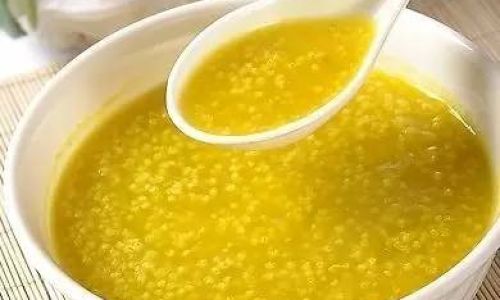
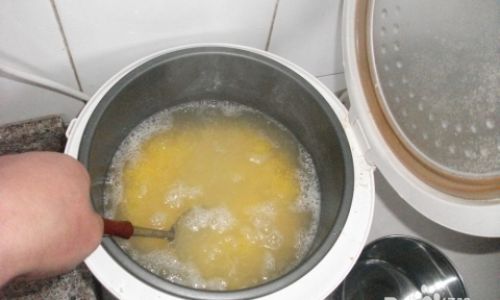
0 comments